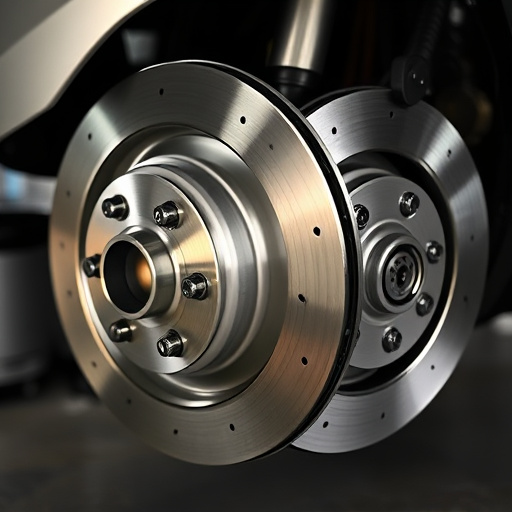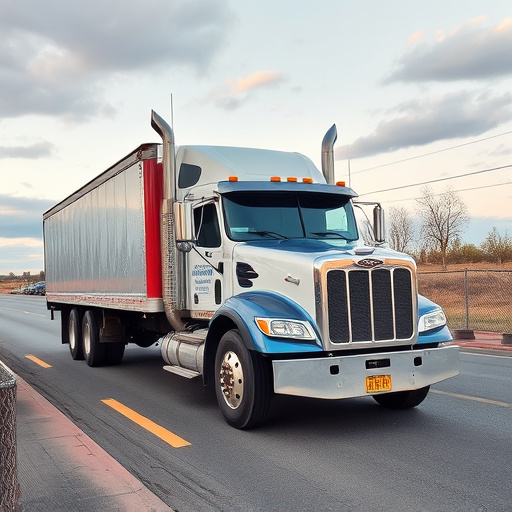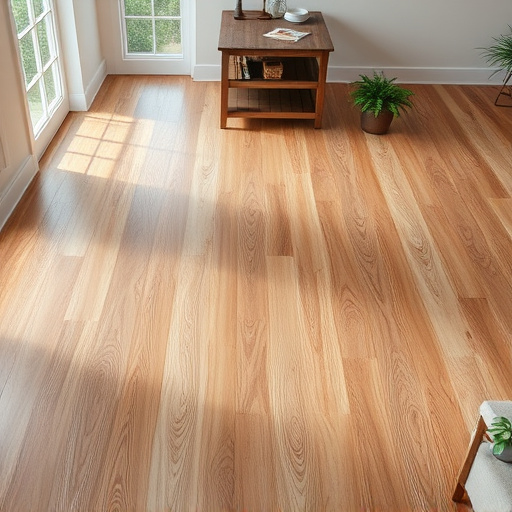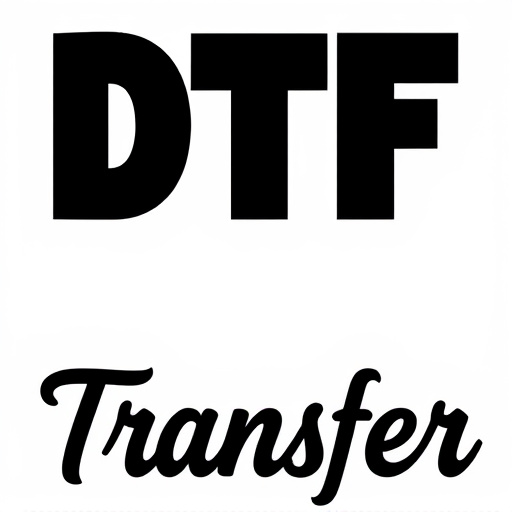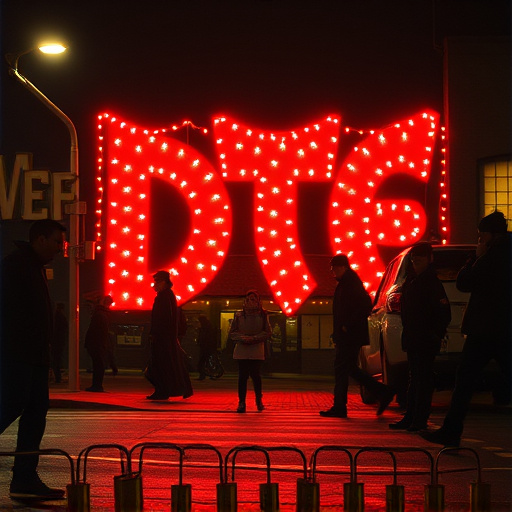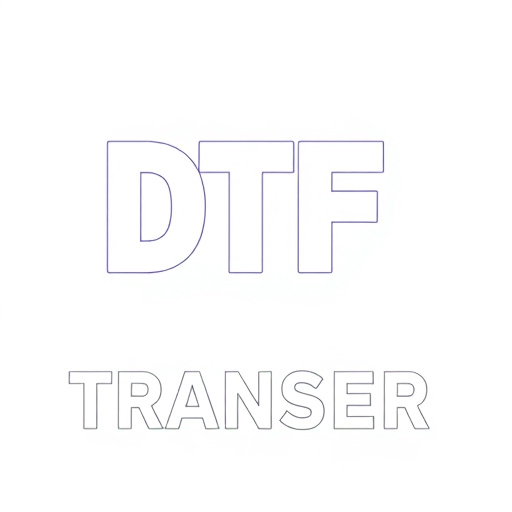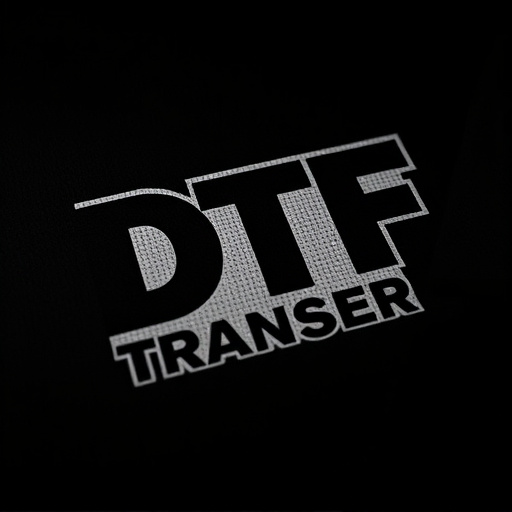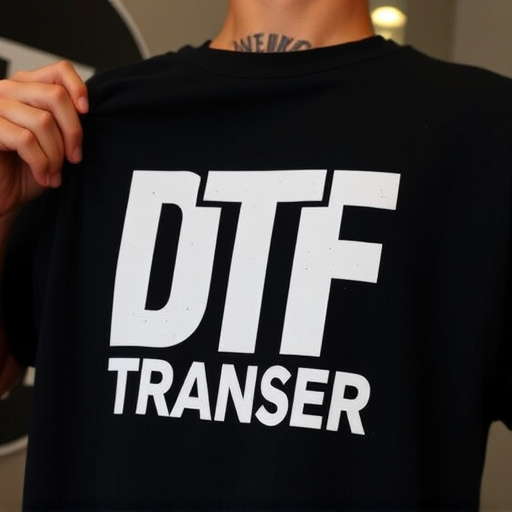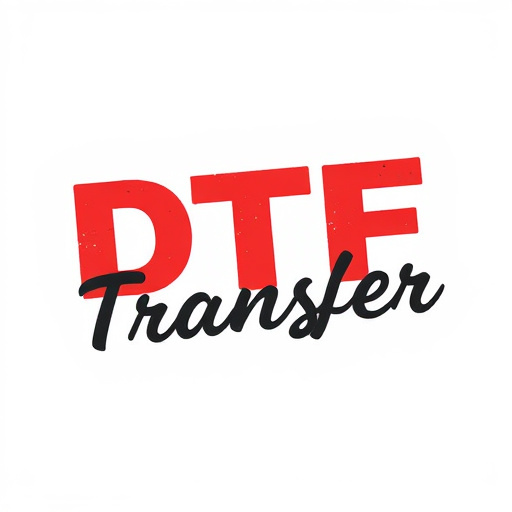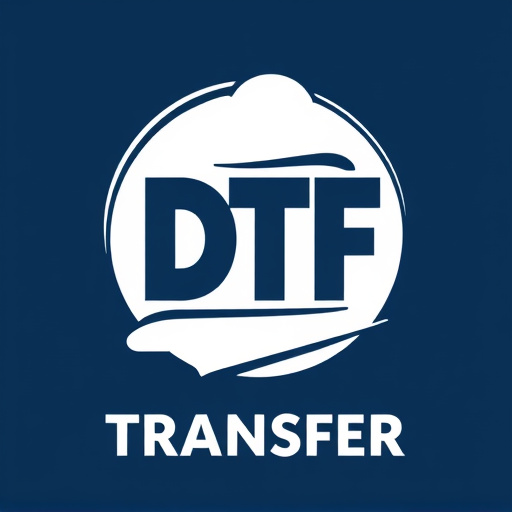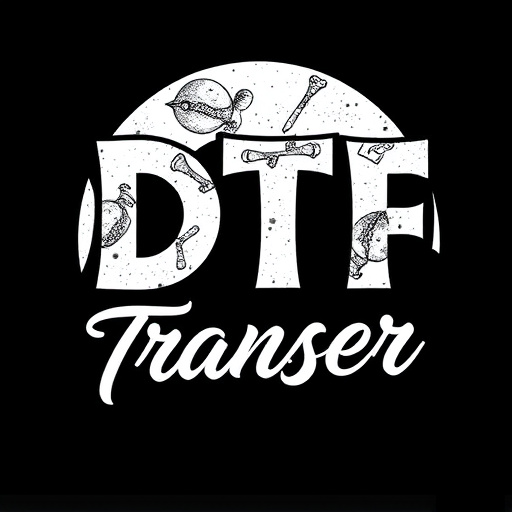Direct-to-Film (DTF) transfers and Heat Transfer Vinyl (HTV) are printing methods with distinct advantages. DTF, by printing directly onto film, offers faster production times, superior print quality, and versatility for various surfaces, making it cost-effective for small to medium orders. HTV, using a transfer paper, ensures long-lasting bonds, vibrant colors, and intricate designs on diverse materials, ideal for larger production runs and last-minute adjustments. The choice depends on order size, design complexity, and surface requirements, with DTF suitable for small batches and detailed prints, while HTV excels in durability and versatility for bulk orders across various fabrics.
“Direct-to-film (DTF) transfers and heat transfer vinyl (HTV) applications offer unique approaches to customizable printing. This article delves into these two methods, exploring their distinct processes and advantages. Understanding the key differences between DTF and HTV is crucial for businesses aiming to enhance their apparel branding or promotional campaigns. We weigh the pros of DTF transfers—like vibrant colors and direct application—against the benefits of HTV, which includes cost-effectiveness and versatility. By the end, you’ll be equipped to choose the optimal printing method tailored to your specific needs.”
- Understanding Direct-to-Film (DTF) Transfer Process
- Heat Transfer Vinyl: A Popular Alternative
- Key Differences Between DTF and Heat Transfer Vinyl Applications
- Advantages of Using Direct-to-Film Transfers
- Benefits of Opting for Heat Transfer Vinyl
- Choosing the Right Application Based on Your Needs
Understanding Direct-to-Film (DTF) Transfer Process
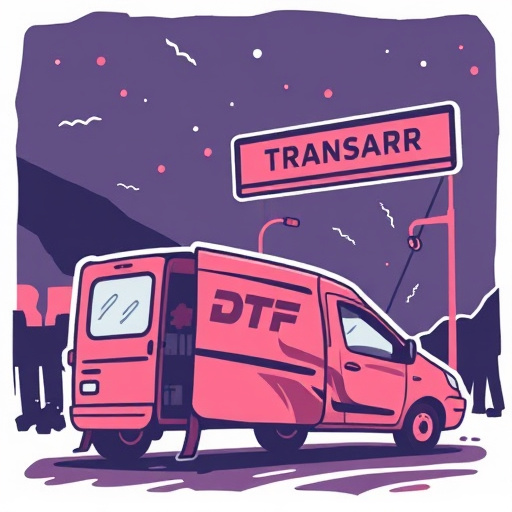
The Direct-to-Film (DTF) transfer process is a cutting-edge technique that has revolutionized heat transfer vinyl applications. Unlike traditional methods, DTF involves printing directly onto the desired material, often film or fabric, using specialized equipment. This innovative approach eliminates the need for intermediate steps, such as cutting and applying vinyl sheets, streamlining the production process. By employing advanced printers and precise temperature controls, the design is precisely transferred, ensuring crisp details and vibrant colors.
DTF offers several advantages, particularly in terms of versatility and efficiency. It enables designers to create intricate patterns and custom designs with ease. Moreover, this method reduces waste as it minimizes material scrap, making it an eco-friendly option. With its ability to produce high-quality, durable prints on various surfaces, DTF Transfer has become a preferred choice for many industries, including fashion, merchandising, and signage, pushing the boundaries of what’s possible in vinyl applications.
Heat Transfer Vinyl: A Popular Alternative
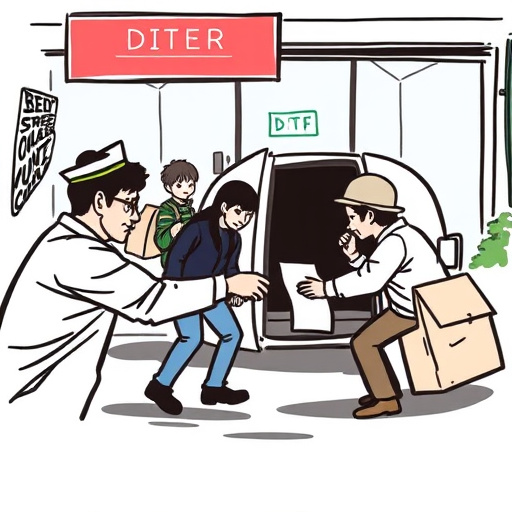
Heat Transfer Vinyl (HTV) has emerged as a popular alternative to direct-to-film (DTF) transfers, particularly in various industrial and promotional applications. This method involves applying vinyl ink onto a carrier sheet, which is then transferred to the desired substrate, typically fabric or plastic. The heat and pressure are used to fuse the ink into the material, creating a durable design.
HTV offers several advantages over DTF transfers. It provides a cost-effective solution for complex designs with multiple colors, as it allows for precise ink placement and efficient production runs. Additionally, the vinyl material is versatile and suitable for a wide range of substrates, making it a go-to choice for many businesses seeking long-lasting, high-quality prints without breaking the bank.
Key Differences Between DTF and Heat Transfer Vinyl Applications

Direct-to-film (DTF) and heat transfer vinyl applications are two distinct methods for creating custom printed designs on various surfaces, each with its unique advantages and considerations. One of the primary key differences lies in their production process. DTF involves printing directly onto film, which is then applied to the substrate using a pressure-sensitive adhesive. This method offers exceptional detail retention and vibrancy, making it ideal for high-quality graphics on materials like window glass or vinyl banners.
In contrast, heat transfer vinyl (HTV) utilizes a separate transfer paper that carries the design, which is heated to fuse the ink onto the target material. This process allows for a broader range of printable surfaces, including fabrics, cotton, and even wood. While HTV may not match DTF’s level of detail and color accuracy, it provides more flexibility in terms of application and is often preferred for items that require durability, such as clothing or accessories.
Advantages of Using Direct-to-Film Transfers

Direct-to-film (DTF) transfers offer several advantages over heat transfer vinyl applications, making them a popular choice for many businesses and designers. One of the key benefits is speed and efficiency; DTF printing directly onto film allows for quicker production times, as there’s no need to layer and fuse multiple materials. This makes it ideal for bulk orders or time-sensitive projects where quick turnaround is essential. Additionally, DTF transfers provide superior print quality, with vibrant colors and fine detail retention, ensuring visually appealing results.
Another advantage is the versatility of DTF applications. It can be used on a wide range of surfaces, from clothing to signage and even home decor items. The direct application method ensures a seamless finish, without any visible seams or layers, resulting in a more professional and aesthetically pleasing product. Furthermore, DTF transfers are cost-effective for small to medium-sized orders, making it accessible for businesses of all sizes to utilize high-quality printing techniques.
Benefits of Opting for Heat Transfer Vinyl
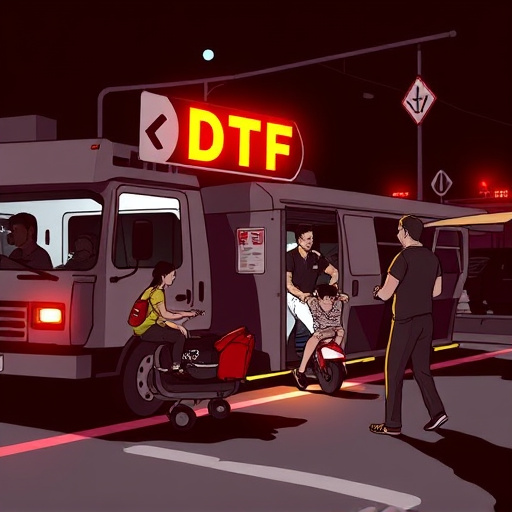
Heat transfer vinyl (HTV) offers several advantages over direct-to-film (DTF) transfers, making it a preferred choice for many businesses and designers. One of its key benefits is durability; HTV provides a long-lasting bond between the design and substrate, ensuring that colors remain vibrant and graphics don’t peel or crack over time. This makes it ideal for items intended for frequent use or exposure to harsh conditions, such as outdoor signage, uniforms, or sports gear.
Additionally, HTV allows for intricate designs and complex prints with crisp lines and fine details. It can be applied to a vast array of materials, including fabric, leather, plastic, and wood, opening up a world of creative possibilities. The process is also more versatile; you can easily make changes or adjustments to the design before applying it, making HTV an excellent solution for custom orders or small batch productions.
Choosing the Right Application Based on Your Needs

When deciding between direct-to-film (DTF) transfers and heat transfer vinyl, understanding your specific requirements is key. DTF printing is ideal for those seeking a straightforward, cost-effective solution for small to medium-sized orders of custom designs. It’s perfect for businesses or individuals wanting to personalize items like t-shirts, caps, or posters with intricate details and vibrant colors. This method offers a fast turnaround time and is suitable for various materials, making it versatile for different projects.
On the other hand, heat transfer vinyl is more suited to larger production runs, as it allows for easy application of designs onto a wide range of fabrics and surfaces. It’s particularly advantageous when creating custom apparel or accessories for events, teams, or marketing campaigns that require consistent branding. While initial setup costs might be higher, heat transfer vinyl provides longevity in design replication and is less susceptible to color fading over time compared to DTF transfers.

